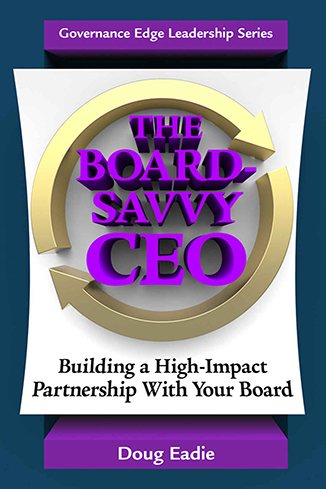I’m one of those old dogs who every so often needs to learn a new trick – actually, in today’s rapidly changing world, ever more frequently. For example, I love writing for extraordinaryceo.com and recruiting extraordinary CEOs to contribute their best thinking, but only three years ago, I’d never posted a comment, much less an article, on a blog. In fact, I wasn’t even sure exactly what a blog was, and I never imagined that I’d actually learn the trick of creating extraordinaryceo.com and regularly writing for it. For that, I must thank my attorney son William, a social media aficionado, for beating me about the head and shoulders until I gave in and picked up the blog trick (with his capable guidance, thank heaven).
Now, after reading Adam Grant’s article in the January 17 New York Times, “Step 1: Procrastinate,” I think this old dog has to learn another new trick that I never imagined having to add to my leadership toolkit: procrastinating when procrastination is called for. I know what some of you are thinking right now: When is it ever called for? I don’t blame you. I’ve always thought of people who can’t get started on a task, or can’t finish one they’ve started, as suffering from a frightful malady calling for a cure – pronto. To me, procrastination was without question negative behavior to be corrected – the enemy of productivity, a barrier standing in the way of achievement. So I’ve always been alert for the signs in myself – like doing umpteen trivial tasks (get through all those emails and get those papers filed!) before getting started on a really challenging – and daunting – job, such as designing my first blog.
Grant’s article takes a more nuanced view of procrastination – as a vice when straight-line productivity is the goal, but as a virtue when creativity is called for. Grant, a professor of management and psychology at the Wharton School of the University Pennsylvania, cites research showing that putting off completion of a task can foster divergent thinking, surfacing novel ideas and innovative approaches. Thinking about this after finishing Grant’s piece, I realized that I’d been employing procrastination as a tool without thinking about it that way in writing articles for this blog, at the urging of my wife and valued colleague, Barbara. I quickly learned that whenever I forced myself to put an article aside after completing a draft, rather than immediately posting it, when I picked it up the next day, better ways to express my thoughts and more effective examples to illustrate my points would inevitably pop into my mind. So in small ways I’ve been regularly committing the (former) sin of procrastination.
The challenge for CEOs, it seems to me, is to determine when creativity – divergent thinking – is really critical to doing a task well and, therefore, to consciously build procrastination into the process. An example might be a task force charged to come up with ideas for improving the delivery of an association’s educational programs. But the concomitant challenge facing the CEO is to figure out where to draw the line so that a finished product ultimately emerges from the task force process in a “timely” fashion. Since procrastination is a time-honored tool of people – and they are many – who hate change, drawing the line appropriately is a truly critical leadership skill.
I’d love to hear how readers have put procrastination to work in their organizations as a creativity booster and how they’ve gone about drawing the line so something concrete is accomplished.
OK, now I’m setting this piece aside until tomorrow morning.





